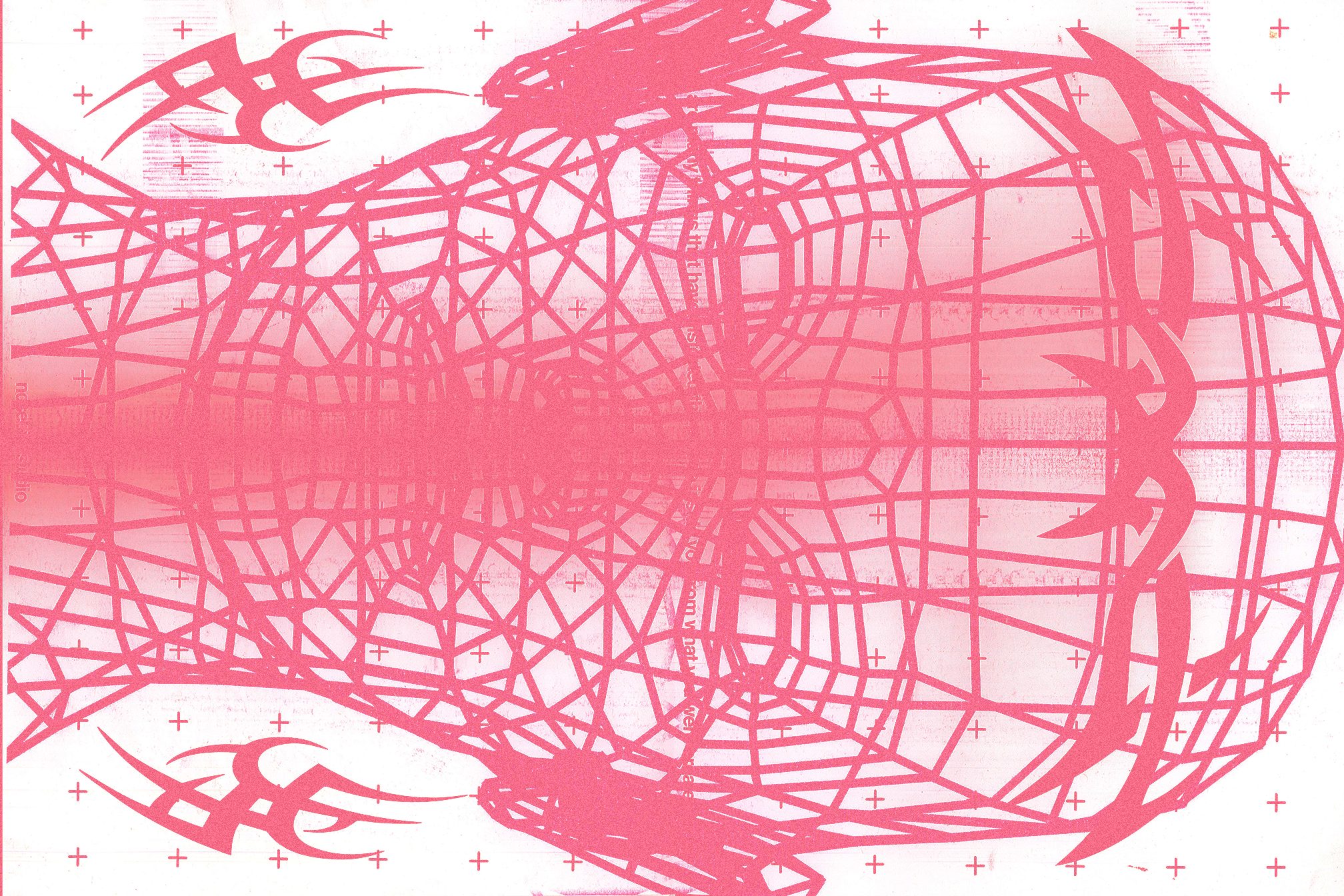 Scene reports
Scene reports
Pink Noise is the incendiary new zine for women interested in DJing and production
Pink Noise is only in its second issue but already it’s an essential read
As two friends from a small town in the Midlands, Anastasia Glover and Moira Letby realised that there was “something missing for the galdem” in electronic music. With their DIY zine Pink Noise they are trying to fill this gap, providing women within the dance music community with practical advice on DJing and music production as well as a platform to share their thoughts. Both are passionate about electronic music, and both are just starting out in the industry themselves. Pink Noise sees the pair on a journey of learning and exploration alongside their readers, and they also hope to inspire and educate a new generation of DJs, producers, promoters and ravers.
From its humble beginnings as Letby’s bedroom graphics project, Pink Noise has become a go-to guide for young women all over the world who are trying to break into the industry. From interviews with influential crews like Discwoman to practical how-to guides on how to buy a pair of CDJs and how to run your own club night, the pair have created a zine with a crucial MO and impeccable graphic design.
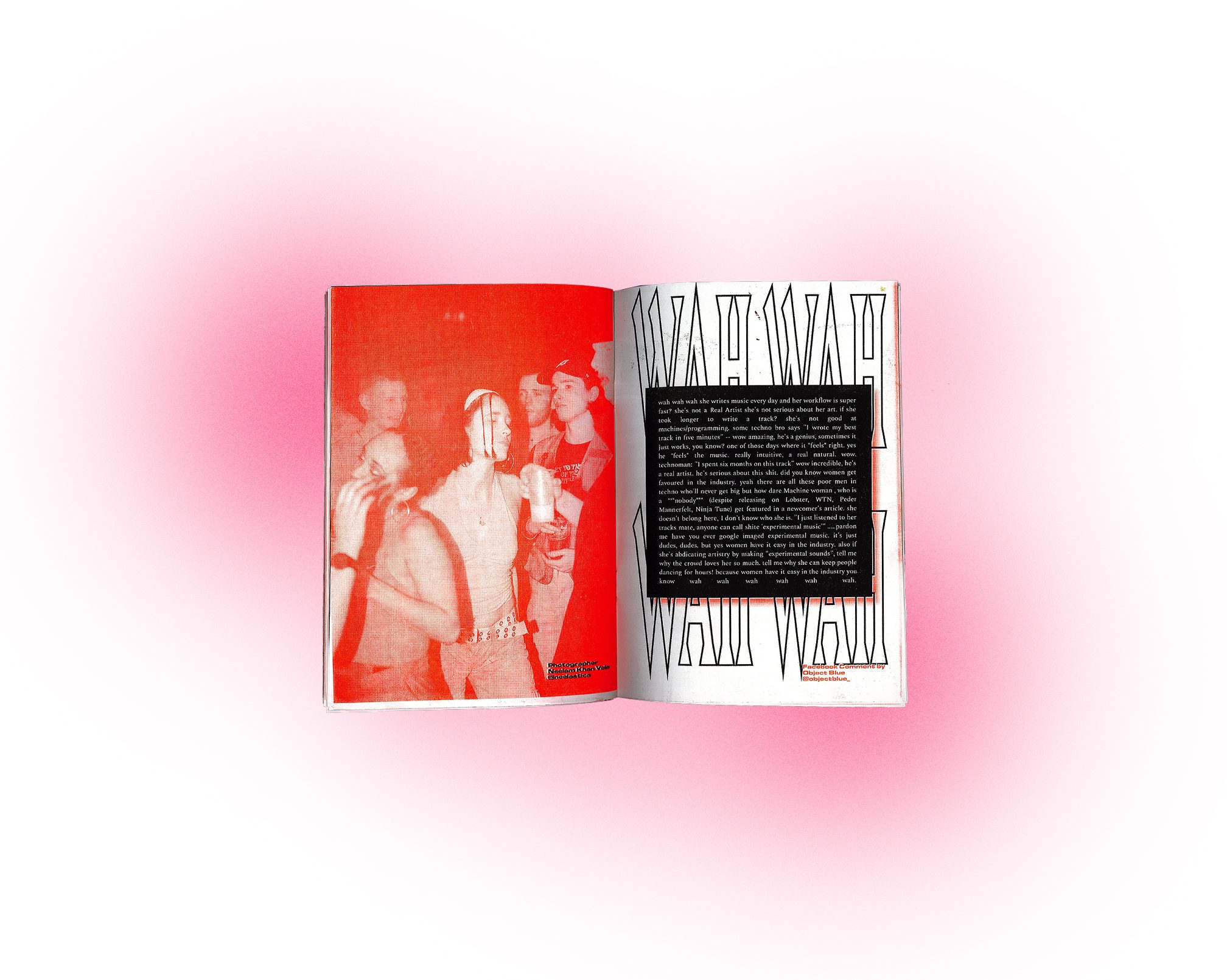
Why did you both decide to make Pink Noise Zine?
Moira: It was something that I initially started up on my own. I think a lot of people thought it was a university project but it was just a personal project that I wanted to do. I needed something to motivate me and excite me. Also it was just something I felt was really needed and personally I’ve heard so many stories about women struggling in the dance scene, so I thought it was really relevant. That’s why I started it off.
Anastasia: I joined onto Moira’s project because I saw her talking about it online and I thought it was such a great concept, it’s a really simple concept, the idea of a zine for women interested in djing and electronic music. It is niche but at the same time there is a massive amount of people there who don’t exactly have somewhere especially for them to revert to. I was also really drawn to the fact that it’s a printed magazine; there is something about reading something online that isn’t as easy to read as a printed magazine in my opinion. It’s good to have something you can hold and take with you as well.

What are you hoping to achieve with the zine?
Anastasia: To elevate women in the music scene, to educate them, and to give them the tools to develop as DJs and producers. Not to make some artsy-fartsy magazine where we put really pretentious bullshit in it, we actually want to put stuff in there that is useful for women. Things like how to run your own club night, and how to cop a pair of CDJs and make sure they’re the right pair. Basically we want to elevate women.
Moira: I think that was the most important thing, to combine stuff that was really useful and also just to make it not at all pretentious and quite welcoming – we use language that I hope people find quite approachable. That was one of the things we have been really conscious about in our second issue especially, it was to make it as un-intimidating as possible, and create a safe space with a relaxed tone to it. We didn’t want it to be academic or intimidating, sometimes when you look at the technical side of djing it can look quite scary so I think our real aim was to make it look achievable for anyone to do, because it is.
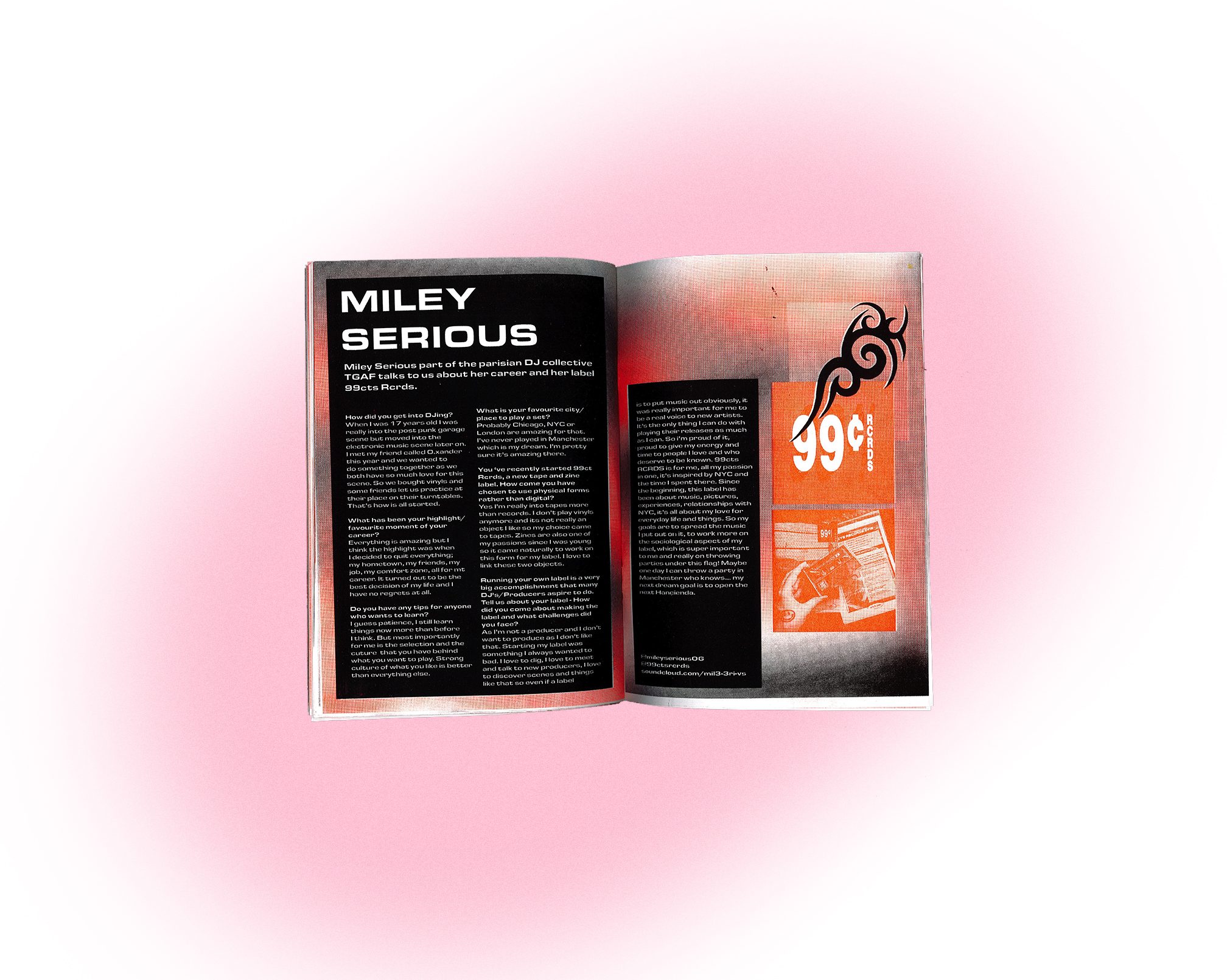
How do you choose what you include in the zine?
Anastasia: We did a survey, basically asking people what they wanted to see in the zine and we delivered it accordingly. We just threw ideas back and forth and thought, “let’s not fanny about thinking of some sort of really artistic, avant-garde take on djing, let’s just put in what we think would be of interest for people who want to learn.”
Moira: I think that it was also a lot of stuff we personally would want to see, obviously we did the survey and that was really helpful, but I think it also gave us a chance to reach out to people we really like and respect in the scene and get interviews from them. I think it was a really great opportunity to speak to people we really admire in the scene.
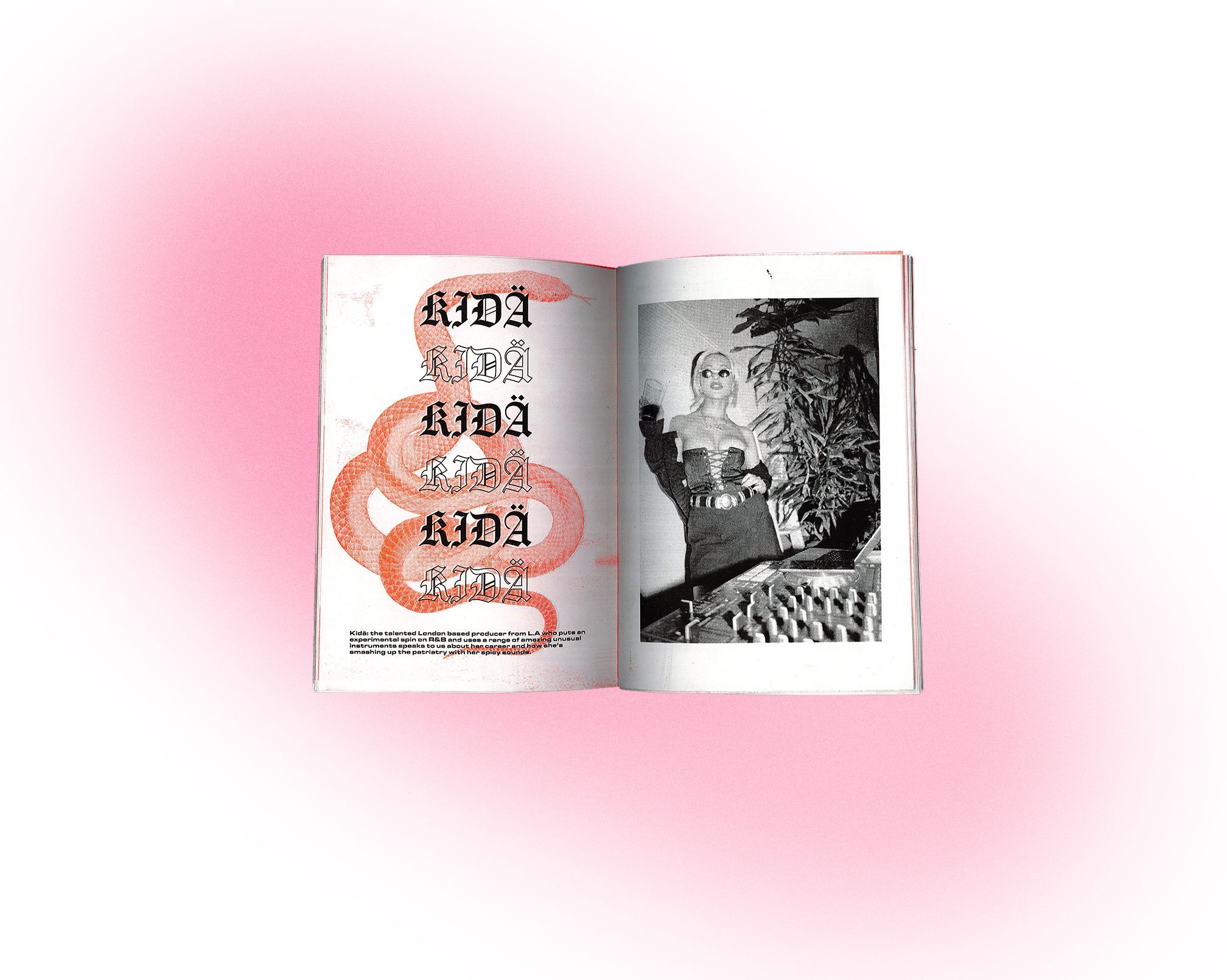
Who are your other collaborators on the zine?
Moira: In terms of artists we had a really sick poster that Nosebig Studios based in Manchester made for us, we also had some really nice artwork from a girl called Miu Hatano, she does some really cool Anime style stuff. In terms of music, Meat Free in Manchester, they’re amazing.
Anastasia: Meat Free is basically this female collective in Manchester and if you live in the North and you don’t know who Meat Free are then you need to sort your life out basically. We also had Discwoman in the magazine which was quite a big deal for us! We are only on issue two so to get people of that kind of recognition on board already we think is awesome. We have a girl called Kida, who’s a complete different direction, more atmospheric music. We’ve got a little bit of everything in terms of genres.
Moira: We have Lucy Ironmonger who’s part of Meat Free too, she gave us some really great advice about CDJs and equipment whether you’re on a budget or want more advanced stuff, she was really good at that.
Anastasia: We also got contributions from successful promoters in Manchester in order to inform our ‘how to put on your own night’ guide. All the information we had for that was from a collective called High Hoops in Manchester, who are moving really mad at the moment. They’ve just done a massive Pride party with Honey Dijon, all the information we collected is from the right people. We don’t have much experience but we have definitely got advice from the people who are very much the people to trust.
Moira: Another really special thing about what we do is that obviously its UK based, but we try and get people from all over the UK. We featured Sarah Wild who’s from Glasgow and a lot of the artists in terms of the graphics we try and get people from all over the UK. In the directory there’s loads of workshops and events in places like Liverpool and Sheffield because we think smaller cities don’t get enough spotlight and no one really knows what they have going on.
Anastasia: We definitely wanted to avoid becoming too London-centric, we’re both from a really little town that’s pretty racist and xenophobic and just everything-phobic. Anything that’s slightly different, people just shit themselves and so I think a lot of that has poured into our work. There’s a sort of anger at not being exposed to that [forward-thinking] culture, combined with the desire to be exposed to it.
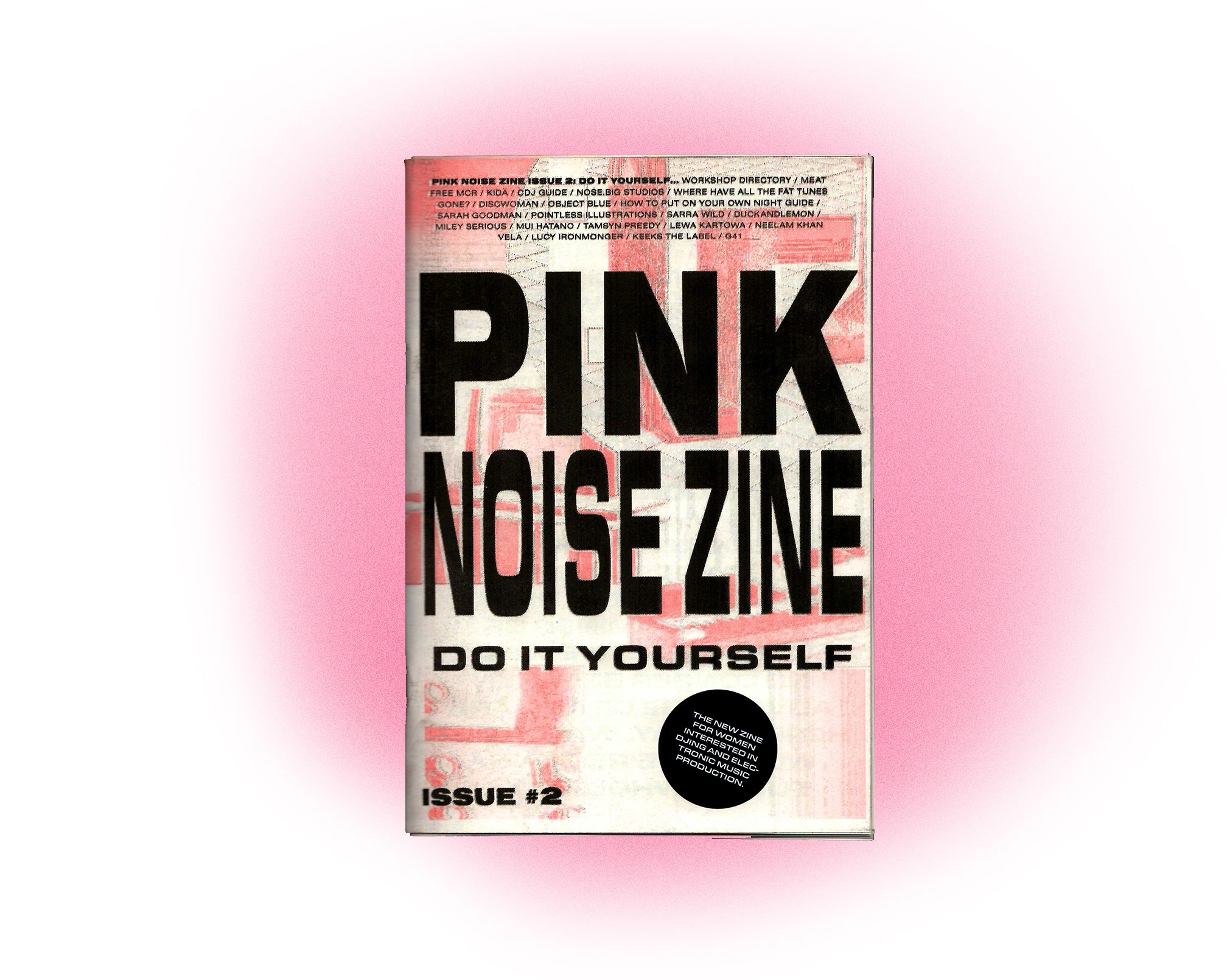
What were the ideas behind the magazine’s aesthetic?
Moira: A lot of the design is based on a clubby and dark aesthetic. As I’m a designer I kind of take note of club posters and stuff like that, one of my favourite things is going to a night and checking out the artwork. I think it’s supposed to reflect the club scene. I printed it on a risograph which is fluorescent ink, but that was more to do it as efficiently as possible, it’s very environmentally friendly too. One of the things was that I wanted to make it quite gritty, the sole focus of that is that its for women and there’s this whole thing about women and the way women should be, so I wanted to make it quite dark and gritty. There are quite a few tribal tattoo references in there too, which are obviously popular on the club scene, in Gabber music especially. I liked using little references from the more extreme genres in electronic music.
Anastasia: The magazine’s aesthetic is, in my opinion, a little bit aggressive, obviously DJing involves a slight kind of aggression and confidence and many women are shamed for both of these things. They are shamed for anything that isn’t demure. Shame brings on anxiety, and knocks their confidence and that’s why they’re often at a disadvantage. If they make mistakes on the decks because of this, society shames them even more, without even realising that they caused it in the first place. If we stop shaming women, women will get better at djing. And if we stop women from fearing aggression or confidence then that’s when we’ll progress.
Finally, what would be your advice to offer to women who are trying to break into the industry?
Anastasia: Be brave.
Moira: Don’t be intimidated and just have fun. If someone wants to go into it, it’s for the fun of it, so don’t get caught up in what other people think. Try and get involved in places that are inviting and safe spaces, don’t put yourself in a situation where you may feel vulnerable because it will put you off. Just be brave, and try and get involved with the right people.
The second issue of Pink Noise is out now
Lucy St John is a freelance journalist. Follow her on Twitter


